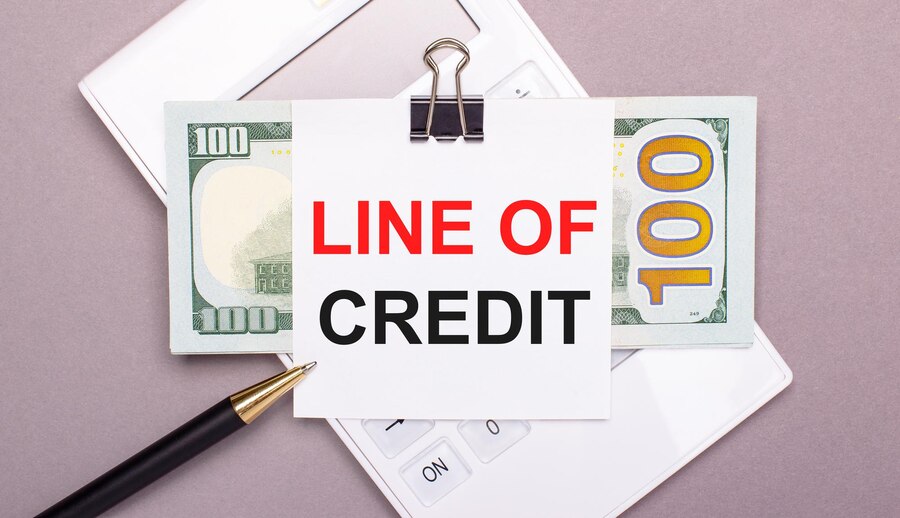Is A Line Of Credit The Right Option For Your Minor Medical Emergency?
3 Mins Read
Published on: 18 March 2023
Last Updated on: 12 August 2024

toc impalement
Medical emergencies come in all shapes and sizes, but even the smallest ones can bring with them costly fees if you don’t have insurance.
Maybe you need physiotherapy after breaking your wrist, or perhaps you need to fill a prescription for your persistent cough. With your health on the line, you need to pay these unexpected expenses, regardless of how much money you have in your wallet.
If you need help in an emergency, is a line of credit the right choice? Here’s everything you need to know about this borrowing option, so you can make an informed choice about your finances.
What is a Line of Credit?
A line of credit is a revolving account that lets the users borrow money up to a limit that has been set beforehand. How much of this limit and how often you borrow is up to you. You can use all of it at once or make several small withdrawals over time.
A line of credit comes with a lot of flexibility. The only thing you have to pay attention to is your balance. You must pay off what you owe to access your full limit.
As long as you pay off your balance on time, you can redraw against your limit on a recurring basis without having to reapply. This means the average line of credit is unlike a personal loan, which closes when you pay off the last cent you borrow.
However, like a personal loan, the average line of credit comes with finance charges and interest. These fees are why a lender like Fora recommends only ever drawing against your line of credit in an emergency. Although it may act a lot like the credit cards in your wallet, it shouldn’t follow you shopping for everyday items.
Why Would Someone Use a Line of Credit in a Medical Emergency?
With so many online borrowing options available today, why would you take out a line of credit? The answer is in its flexibility.
A medical emergency isn’t always cut and dry. You and your health team may not know how long it will take you to recover from an illness or injury. You may need multiple prescriptions or additional appointments with physiotherapists and massage therapists.
With a line of credit, you can draw against your limit as you encounter these new expenses. Once you pay off your balance, you can keep using your line of credit or leave it on standby for the next emergency.
How Else Can You Manage Unexpected Emergencies?
A line of credit can be a convenient and simple option when you’re in a jam, but is it the only way you can handle unexpected medical expenses? Not quite.
Here are some ideas on how to reduce your costs:
- Ask for generic medication.
- Call clinics to inquire if they offer payment plans or compassionate pricing.
- Seek treatment from colleges that provide personal services at a discounted rate.
These tips may help you afford unexpected costs, but the single best way to prepare for emergencies is with savings. Having a well-stocked emergency fund gives you the means to pay for out-of-pocket expenses without borrowing a line of credit.
Think about how you can set aside a little bit of cash each month for emergencies. Eventually, these savings will grow into a reliable safety net.
Read Also:


















Comments Are Closed For This Article